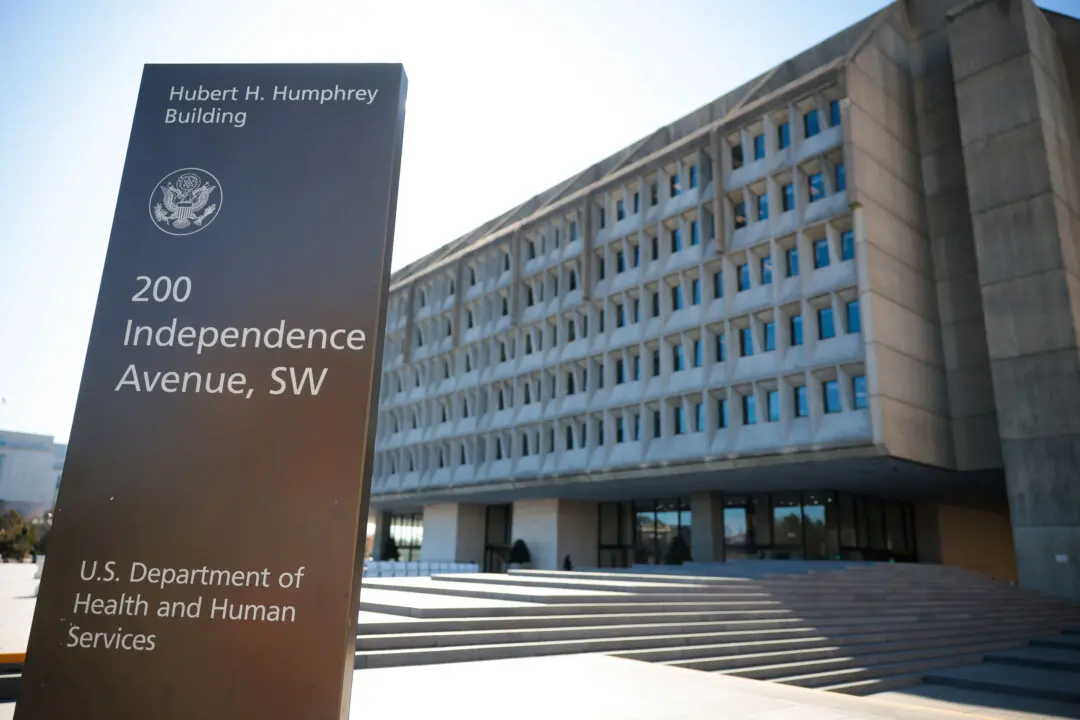Former Alaska Gov. Sarah Palin has moved for a new trial and is asking for the disqualification of a federal judge who preempted the jury in her defamation case against The New York Times.
In a court filing, Palin through her lawyers wants U.S. District Judge Jed Rakoff, a Clinton nominee, disqualified and any rulings and orders he issued since Aug. 28, 2020, vacated.




